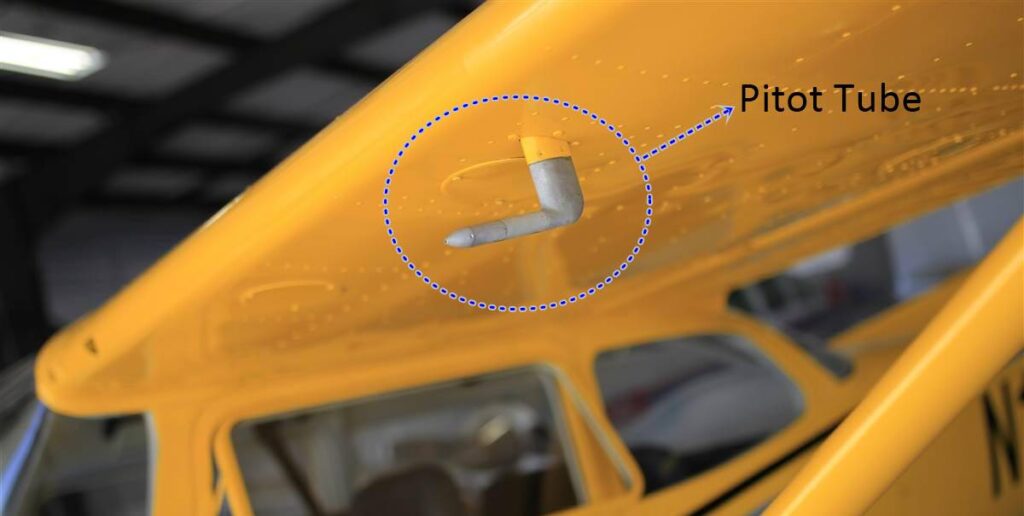Grounded in Safety: Demystifying “Remove Before Flight” Tags
Ever spotted those eye-catching red flags on airplanes emblazoned with “Remove Before Flight”? While tempting to snag as a souvenir, these tags are far from mere decorations. Let’s debunk some myths and delve into their crucial role in aviation safety.
Beyond Souvenirs: The Vital Mission of “Remove Before Flight” Tags
- Not for decoration: Tampering with or removing these tags is strictly prohibited and illegal. They exist for a critical purpose, not as keepsakes.
- Guarding sensitive equipment: These flags are attached to essential aircraft components like:
- Pitot tubes and static ports: Measure airspeed and altitude, crucial for safe flight. Leaving their covers on would be like flying blindfolded.
- Engine covers: Protect engines during maintenance but hinder airflow during flight, potentially causing damage.
- Control locks: Secure flight controls during maintenance. Taking off with them engaged would be like trying to steer a locked car – disastrous!
- Silent safety champions: By serving as visual reminders, they:
- Prevent accidents: A forgotten engine cover could lead to catastrophic consequences. These tags minimize that risk.
- Ensure smooth operation: Removing unnecessary items guarantees each part functions flawlessly during flight.
- Standardize procedures: Clear instructions create consistency among ground crews and pilots, reducing the chance of errors.
Beyond Red Flags: Unpacking the Bigger Picture
- Not just planes: You might find similar tags on other vehicles like race cars or motorcycles, serving the same purpose of reminding crews to remove safety measures before operation.
- A symbol of meticulousness: These tags represent the aviation industry’s unwavering commitment to detail and safety. Every aspect, from pre-flight checks to in-flight procedures, is meticulously scrutinized to ensure safe journeys.
Birgen Air Disaster and Remove Before Flight
Or if your plane is parked on a runway in the desert, sand can build up in the pitot tube over time, causing an inaccurate or no reading. A similar situation is experienced during the winter months. Melting snow can enter the pitot tube and freeze and block it.
On February 6, 1996, the plane belonging to Birgen Air, which took off from Gregorio Airport in Puerto Plata, Dominican Republic, with 180 passengers and 9 crew, crashed into the Atlantic Ocean.
The reality that emerged in the accident analysis was interesting: The plane with the passengers coming for a Caribbean vacation waited in Dominican for 25 days, the pitot tubes that had to be covered were not closed. During this parking time, wasps had nested in the tubes and prevented the airflow of the tube during flight. As a result, pressure increased and pitot tube gave a wrong signal showing the speed of the plane higher than it was.

So, the next time you see a “Remove Before Flight” tag, remember:
- They’re a testament to the unwavering focus on safety embedded in every aspect of aviation.
- They’re a reminder that even small details can have a significant impact on ensuring a smooth and safe flight.
Spread the word and let’s keep our skies safe, one tag, and one informed traveler at a time! ✈️
References and Further Reading:
- Federal Aviation Administration (FAA): https://www.faa.gov/
- International Civil Aviation Organization (ICAO): https://icao.int/
- European Union Aviation Safety Agency (EASA): https://www.easa.europa.eu/en
- “Understanding ‘Remove Before Flight’ Tags: https://pia.edu/
- “The Fascinating History of Remove Before Flight Tags: https://pilotinstitute.com/
- “Aviation Safety: The Importance of Visual Reminders: https://www.forbes.com/sites/quora/2017/10/18/what-kinds-of-safety-checks-do-planes-undergo-before-they-fly/


